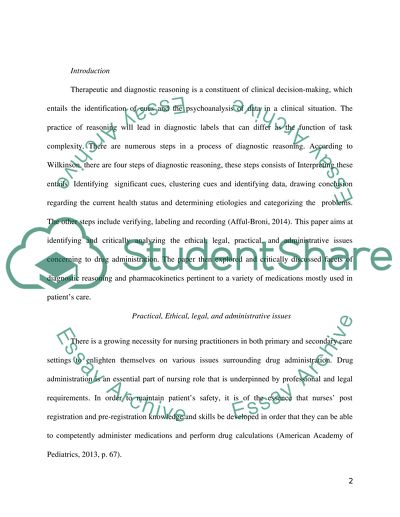Cite this document
(“Therapeutics and diagnostics reasoning Essay Example | Topics and Well Written Essays - 3500 words”, n.d.)
Therapeutics and diagnostics reasoning Essay Example | Topics and Well Written Essays - 3500 words. Retrieved from https://studentshare.org/nursing/1673746-therapeutics-and-diagnostics-reasoning
Therapeutics and diagnostics reasoning Essay Example | Topics and Well Written Essays - 3500 words. Retrieved from https://studentshare.org/nursing/1673746-therapeutics-and-diagnostics-reasoning
(Therapeutics and Diagnostics Reasoning Essay Example | Topics and Well Written Essays - 3500 Words)
Therapeutics and Diagnostics Reasoning Essay Example | Topics and Well Written Essays - 3500 Words. https://studentshare.org/nursing/1673746-therapeutics-and-diagnostics-reasoning.
Therapeutics and Diagnostics Reasoning Essay Example | Topics and Well Written Essays - 3500 Words. https://studentshare.org/nursing/1673746-therapeutics-and-diagnostics-reasoning.
“Therapeutics and Diagnostics Reasoning Essay Example | Topics and Well Written Essays - 3500 Words”, n.d. https://studentshare.org/nursing/1673746-therapeutics-and-diagnostics-reasoning.


